#women of the 17th century
Text
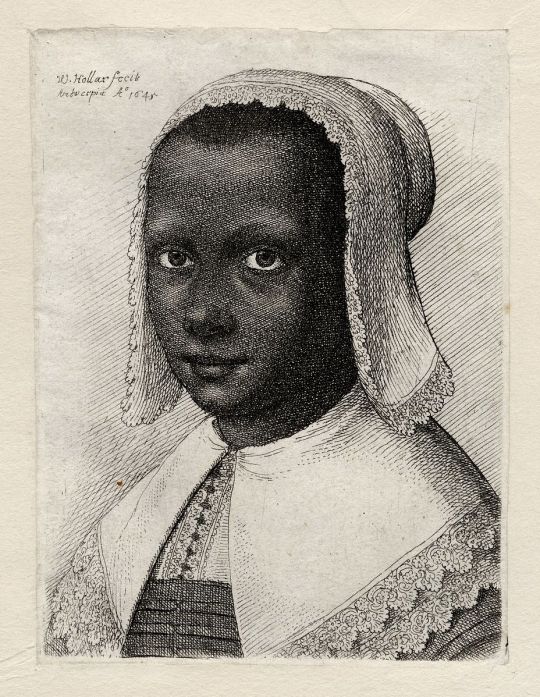
Portrait of an unidentified young woman by Wenceslaus Hollar, 1645
The reason why we should remember Cattelena, who lived in Almondsbury near Bristol, is that she is one of the few African women to have left a record in the rural Britain of the seventeenth century. All we have is the inventory of her goods at her death in 1625: a cow worth £3, a bed, a quilt, a candlestick, four pots, dishes and spoons, ‘all her wearing apparel’, a coffer and two little boxes. It amounted to £6, 9 shillings and sixpence. She was not wealthy, but she was supporting herself, with the aid of her cow and her labour. She was single, like one in five of the women of seventeenth-century England, and she appointed another woman as her executor. Her name – only a first name was given - suggests she had arrived in Bristol via Spain. That’s all we know, but it’s enough to change our picture of the English countryside.
Almondsbury is a small village close to Bristol. At the time Cattelena lived there at least another 16 Africans lived in Bristol. Just like Phylis Setterford, the way we know about Cattelena is because of the inventory of her possessions after her death.
She is described as ‘Cattelena, a negra deceased of Almonsbury in the county of Gloucester, single woman & in the diocese of Bristol’. Her inventory includes cooking utensils, clothes, bedding, tablecloth, and a candlestick. However, Cattelena’s most prized possession was a cow.
One cow would keep her in milk and butter, as well as provide an income through the sale of dairy products in the local area. Cattelena would have been able to graze her cow on common village land. This would provide her the opportunity of independence and self-sufficiency.
Dairying was women’s work. With around 80% of people living in the countryside, it could be a serious income generator. On a farm you would have one dairymaid to six cows. Anything greater would require more servants, and a herd typically had no more than twelve cows. The best hours for milking were between 5-6am and 6-7pm. From Whitsun (May) to Michaelmas (end of September), a cow could produce a gallon of milk a day, which could be used to make a range of ‘white meats’ – meaning cheese and butter. Catellena’s cow was worth £3 10 shillings, £460.32 in today’s money. In 1625, the year Cattelena died, this would have also bought you 10 stones of wool, a quarter of wheat, and was the equivalent of 70 days of skilled labour.
In Tudor times, cows were given names. Some reflected their function, as well as the owner's sense of humour. Eleanor Cumpayne of Halesowen, Worcestershire, inherited a cow named Fillpayle from her father George in 1559. Was this name an order shouted at the cow or a compliment for how productive she was? Other cow names recorded include Gentle, Brown Snout, Lovely, Motherlike, Winsome, and Welcome Home. There is no record of Cattelena’s cow having been given a name, but that doesn’t mean she wasn’t, as this wasn’t a typical thing to record in an inventory.
There is no furniture in Cattelena’s inventory. This could suggest that she rented a room in someone else’s home. This could be the home of a widow named Helen Ford, who was named as administrator to Cattelena’s estate. Cattelena was unmarried but this was not unusual, with around 30% of the English adult female population single. However, it was rare for single women to live in their own home and only about 5% of single women below the age of 45 were head of their own households. Naming Helen Ford as her administrator suggests she was not living with relatives.
The total of Catellena’s possessions was valued at £6 9s 6d (£851.59). The existence of Cattelena’s inventory shows us that Black Tudor women could own property themselves and live independent lives. It is significant that as a woman she owned anything at all, it indicates her relative independence. Not only was she not enslaved, but thanks to her cow she seems to have been able to support herself and was free from service or any family obligation. Imagining Cattelena, a dark skinned, independent woman, going about her day-to-day business, preparing her meals, cleaning her bedding, milking her cow, in her rural village makes us imagine English life of the past in a completely new way. She was independent, but she lived an ordinary life, much like most other Tudors.
789 notes
·
View notes
Text
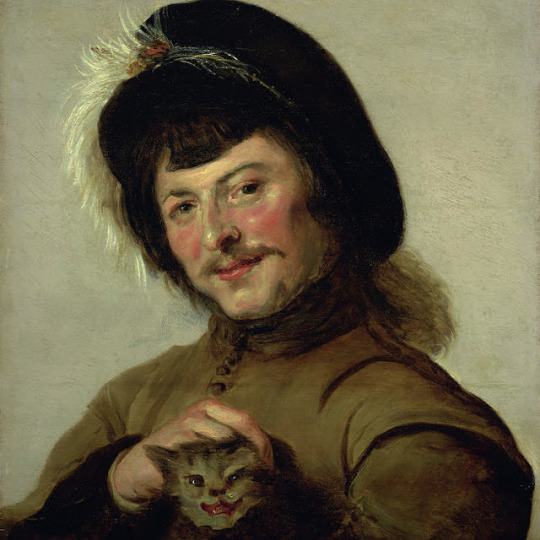
Judith Leyster - A Young Man with a Cat (ca. 1635)
492 notes
·
View notes
Text

A Bouquet of Flowers, Clara Peeters, circa 1612
Oil on wood
18 ⅛ x 12 ⅝ in. (46 x 32 cm)
The Metropolitan Museum of Art, New York City, NY, USA
#art#painting#clara peeters#baroque#baroque art#dutch golden age#17th century art#17th century#women artists#female artists#flowers#still life#oil#the met#flemish#dutch#1610s#100 notes
233 notes
·
View notes
Text

1630-1639 Chiara Varotari - Portrait of a lady from Capodilista family
(Musei Civici di Padova)
563 notes
·
View notes
Text

Louise Moillon (1610-1696)
"Still Life with Fruit" (1637)
Baroque
Located in the Thyssen-Bornemisza Museum, Madrid, Spain
#paintings#art#artwork#still life painting#fruit#louise moillon#fine art#baroque#thyssen bornemisza museum#museum#art gallery#french artist#woman artist#women artists#female artists#fruits#green#vegetables#food#1630s#early 1600s#early 17th century
253 notes
·
View notes
Text

Lady Writing a Letter with her Maid by Johannes Vermeer, 1670-1671.
#classic art#painting#johannes vermeer#dutch artist#17th century#baroque#dutch golden age#genre art#women#brown dress#painting in painting#inside#quill
151 notes
·
View notes
Text
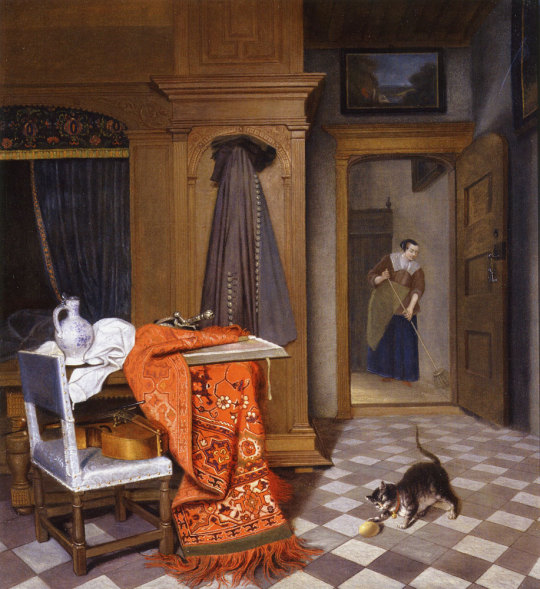
Cornelis de Man (1621 - 1706) • A Woman Sweeping • 1666
#art#fine art#painting#art history#cornelius de man#dutch artist#dutch golden age#17th century dutch art#paintings of interiors#paintings of domestic interiors#women's work#oil painting#baroque art#cats in artworks
203 notes
·
View notes
Text







Women in History Month (insp) | Week 4: Dynastic Daughters
#historyedit#perioddramaedit#women in history#women in history month challenge#my edits#mine#marie anne de bourbon-conti#princess hexiao#hanzade sultan#caroline bonaparte#marie-thérèse-charlotte de france#princess fukang#gorgô of sparta#french history#chinese history#ancient greece#17th century#18th century#19th century#11th century#6th century bc#5th century bc
185 notes
·
View notes
Text



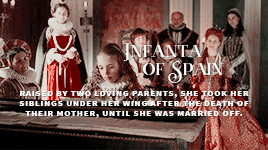



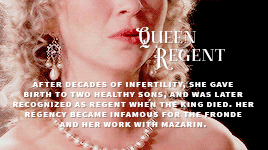


women in history [11/∞]
Anne of Austria, Queen of France
214 notes
·
View notes
Text

Alida Withoos (Dutch, c.1662--1730)
449 notes
·
View notes
Photo
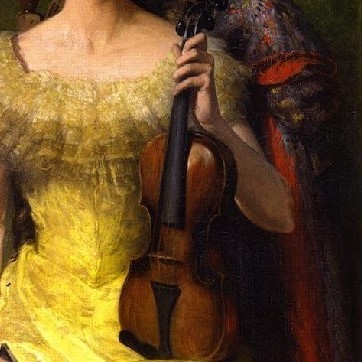






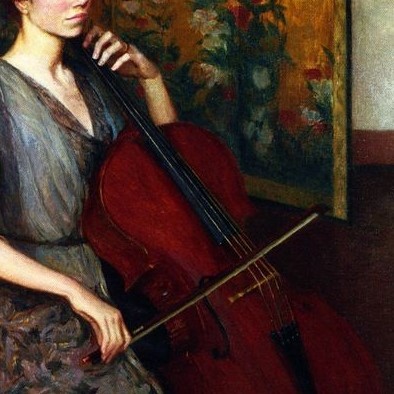

Art Details Series: Play for me
|| John Ferguson Weir, Henry William Pickersgill, Georges Antoine van Zevenberghen, Luis Álvarez Català, Thomas Wilmer Dewing, Jan Frederik Pieter Portielje, Lilla Cabot Perry, Michel Garnier ||
#women#women in art#art#art details#art detail#20th century art#19th century art#18th century art#17th century art#paintings#painting#oil painting#instruments#John Ferguson Weir#Henry William Pickersgill#Georges Antoine van Zevenberghen#Luis Álvarez Català#Thomas Wilmer Dewing#Jan Frederik Pieter Portielje#Lilla Cabot Perry#Michel Garnier#art series
635 notes
·
View notes
Text

Portrait of a Cracovian townswoman in the 17th-century costume, 1885
By Wojciech Gerson
#art#painting#fine art#classical art#polish art#polish artist#polish painter#oil painting#17th century#17th century fashion#fashion#19th century art#polish#poland#polish culture#european culture#europe#eastern europe#european fashion#women#european art#portrait#female portrait
80 notes
·
View notes
Text

Judith Leyster - The Proposition (1631)
84 notes
·
View notes
Text

Achilles Discovered Among the Daughters of Lycomedes
Artist: Peter Paul Rubens
Genre: Mythological Painting
Date: 1630 -1635
Medium: Oil on Panel
Collection: Museo del Prado, Madrid, Spain
Disguised as a woman, Achilles lived on Scyros among the daughters of King Lycomedes until the Greeks discovered his whereabouts and sent Odysseus and Diomedes to the island to fetch him. The two presented themselves as pedlars and placed a collection of trinkets before the young women.
#mythological painting#peter paul rubens#greek mythology#achilles#odysseus#diomedes#17th century painting#king lycomedes#women#querubins#classic greek pillars#classic building
44 notes
·
View notes
Text
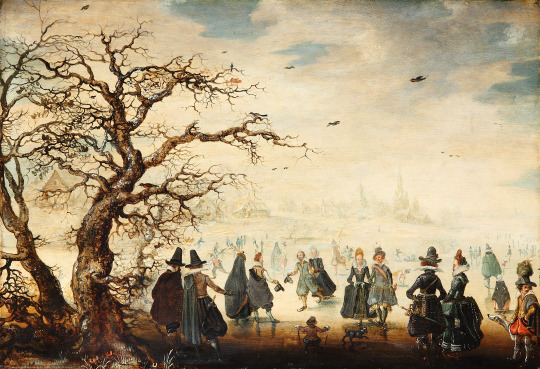
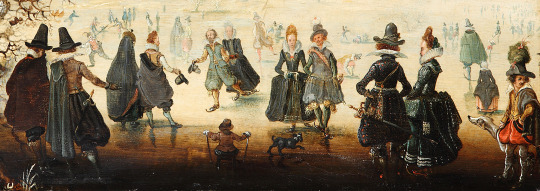
1605-1625 Adam van Breen - Winter Pleasures
(Gemäldegalerie, Berlin)
334 notes
·
View notes
Text
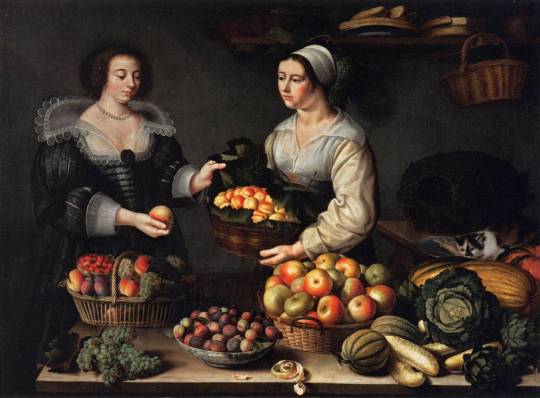
Louise Moillon (1610-1696)
"The Fruit and vegetable Costermonger" (also known as "At the Greengrocer") (1631)
Oil on canvas
Baroque
#paintings#art#artwork#genre painting#genre scene#louise moillon#oil on canvas#fine art#baroque#louvre museum#french artist#woman artist#women artists#female artists#female portrait#portrait of a woman#clothing#clohtes#fruit#fruits#vegetables#food#1630s#early 1600s#early 17th century
76 notes
·
View notes